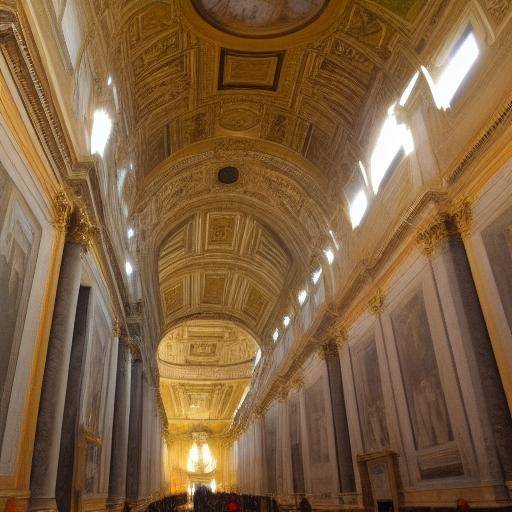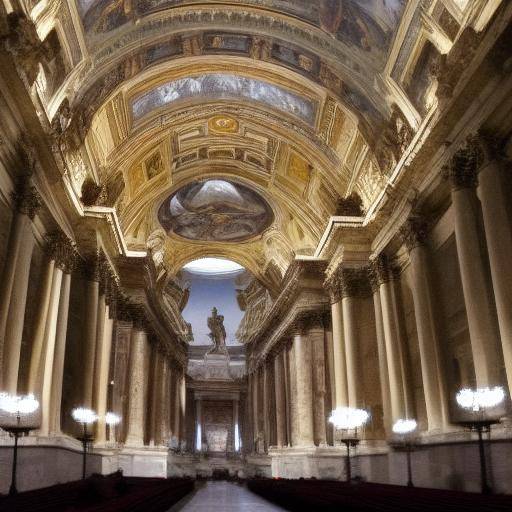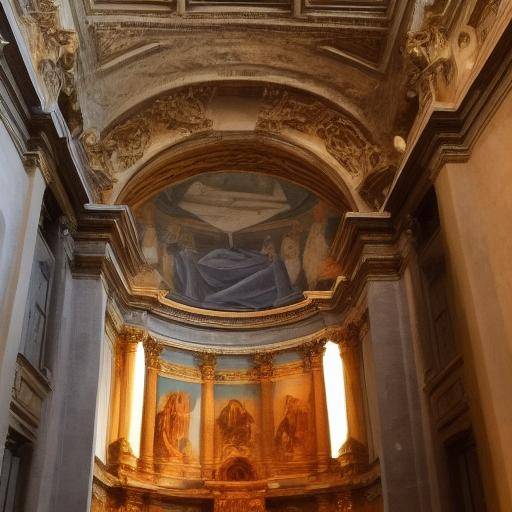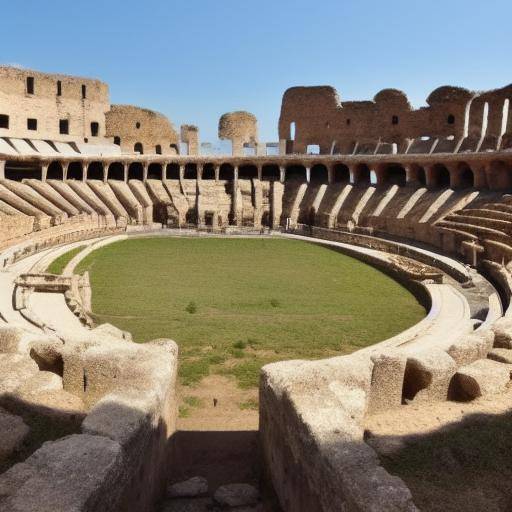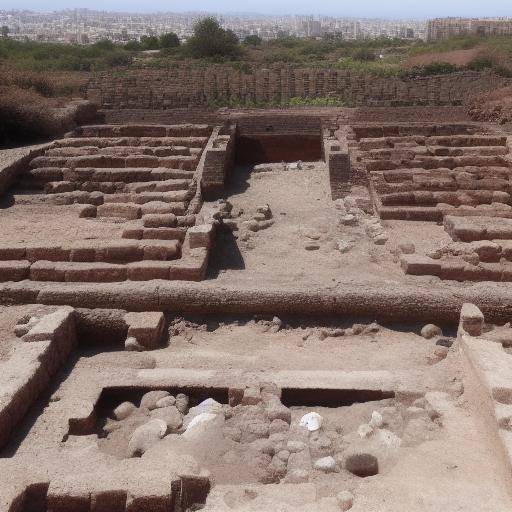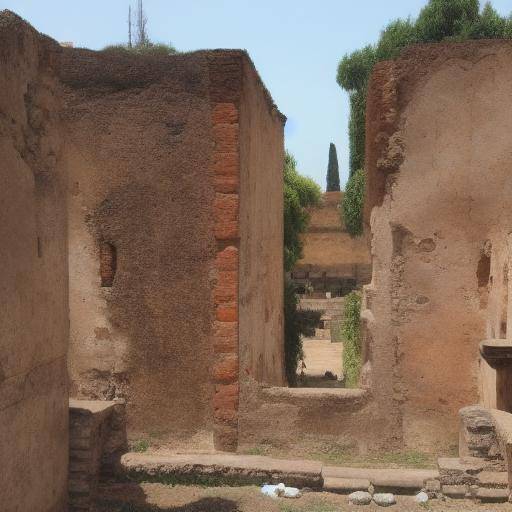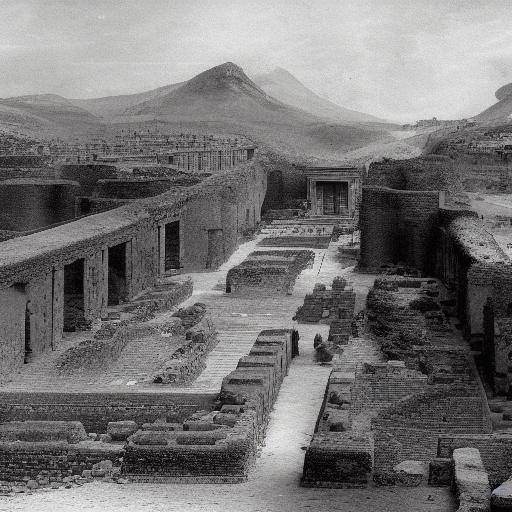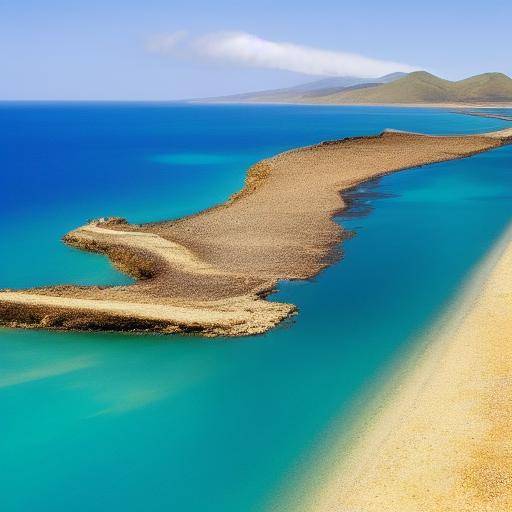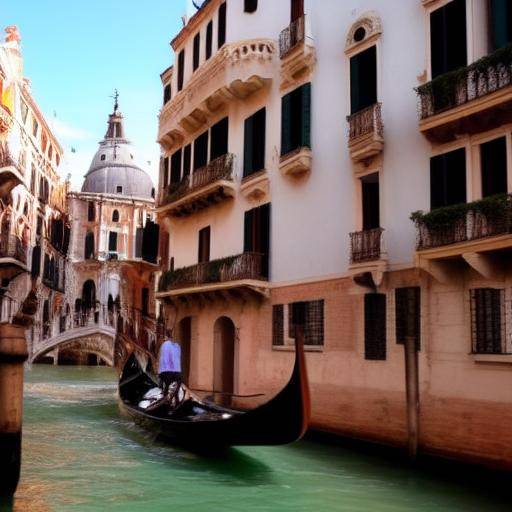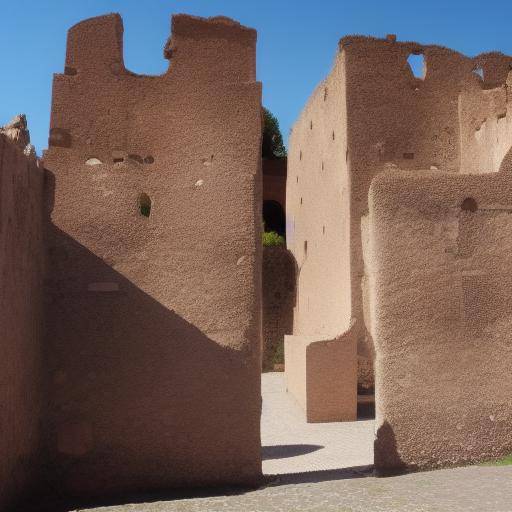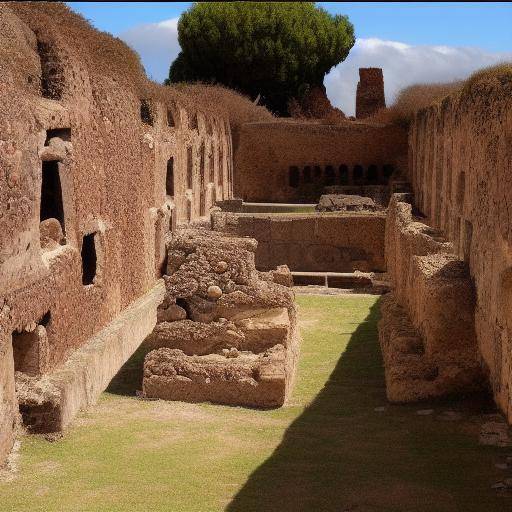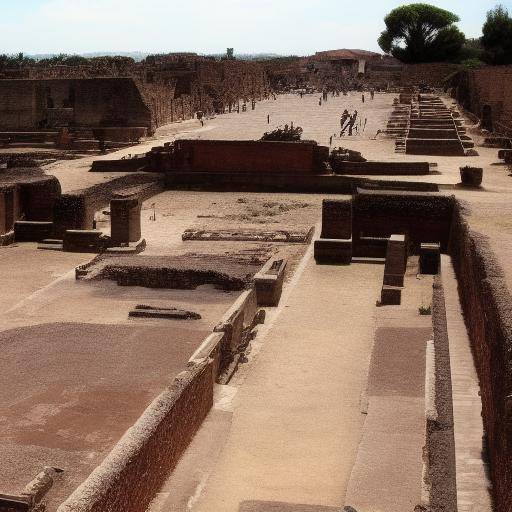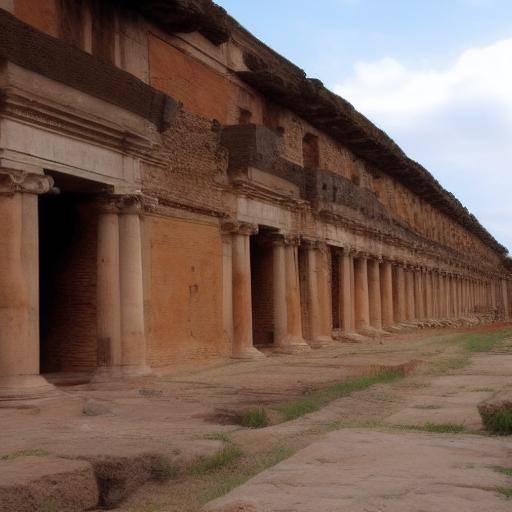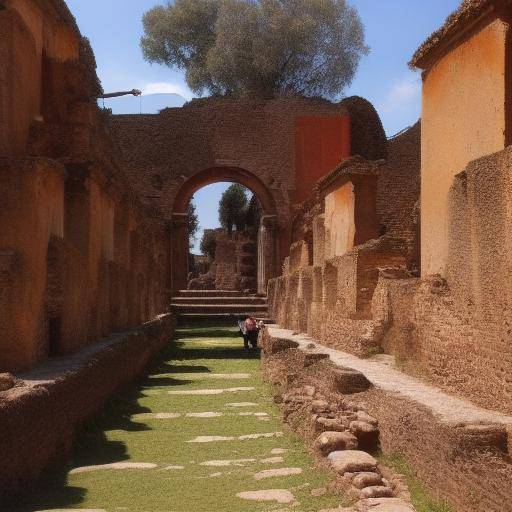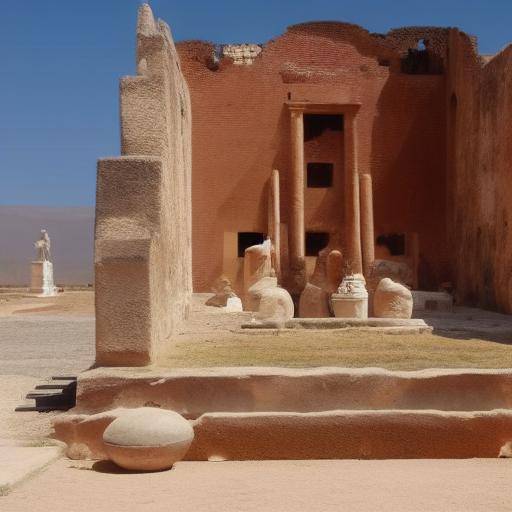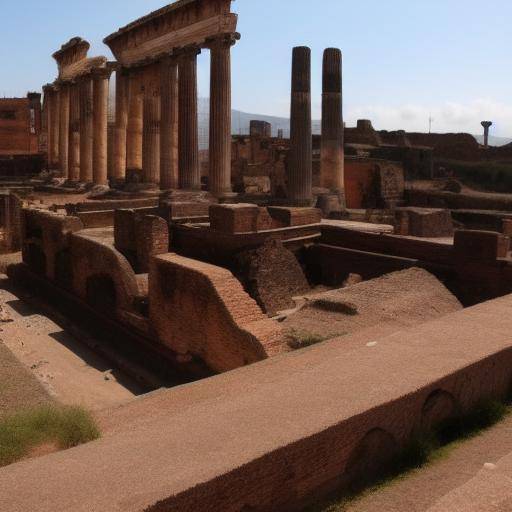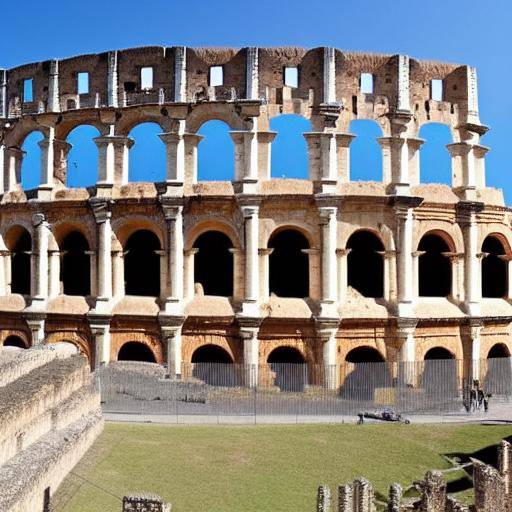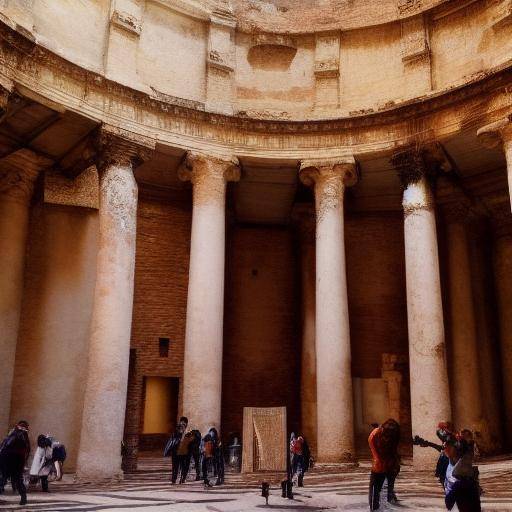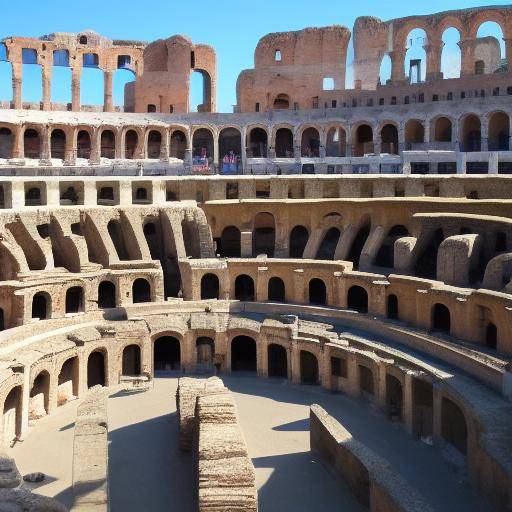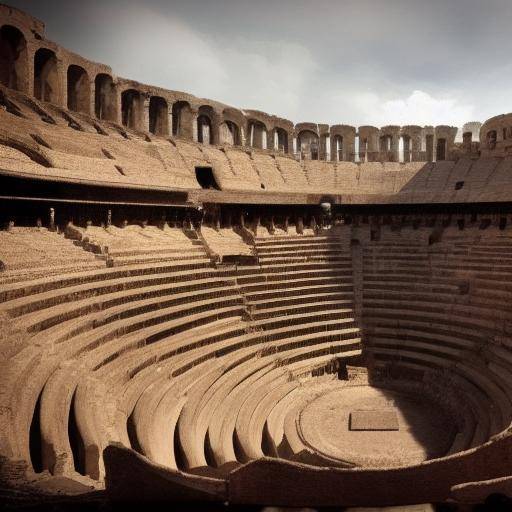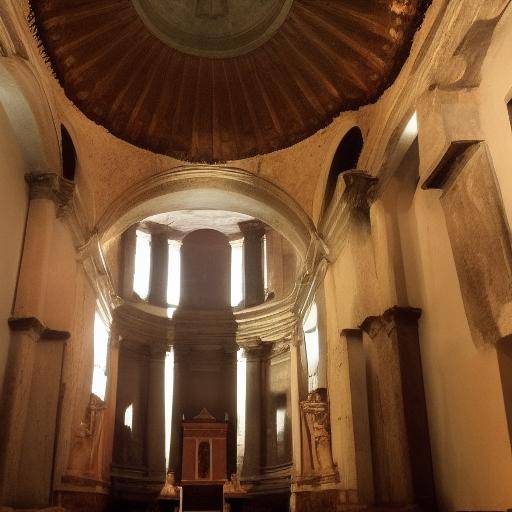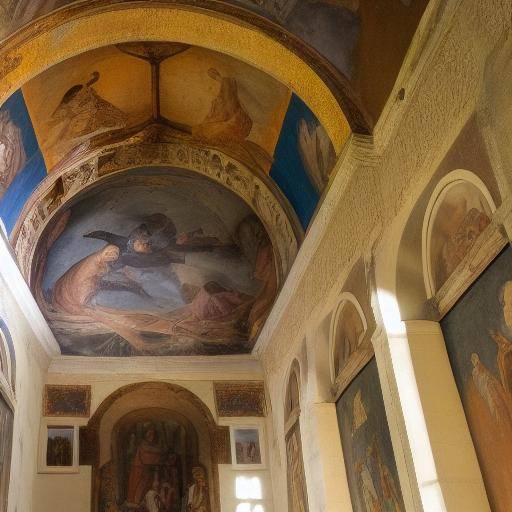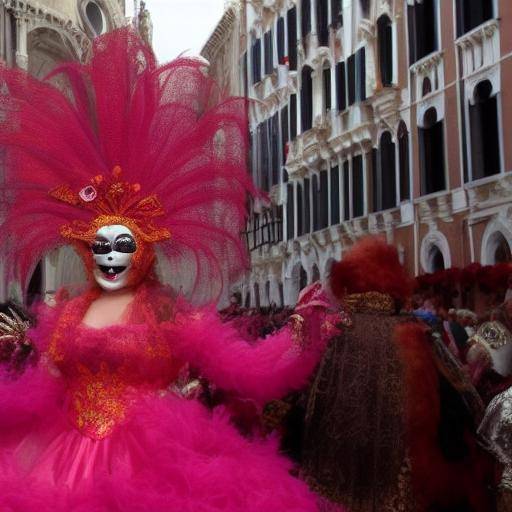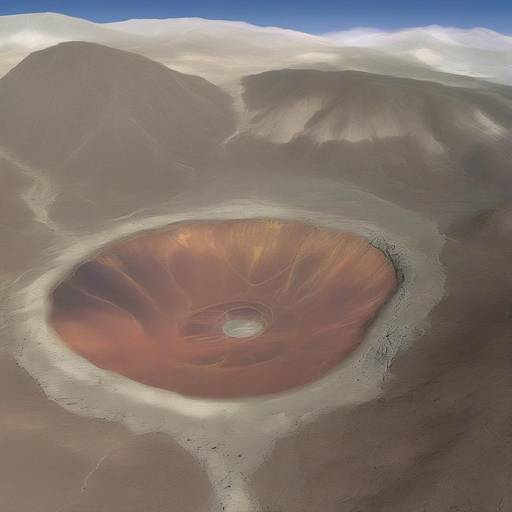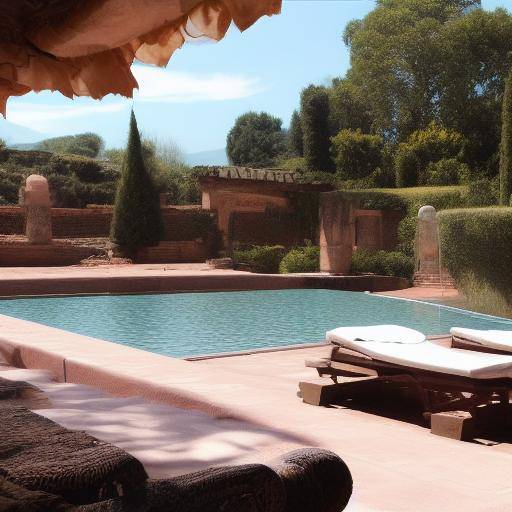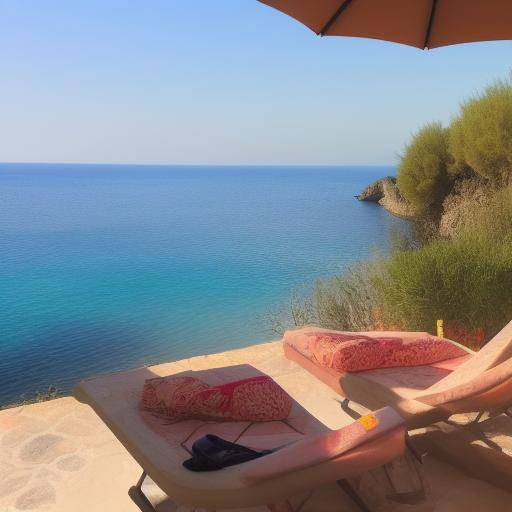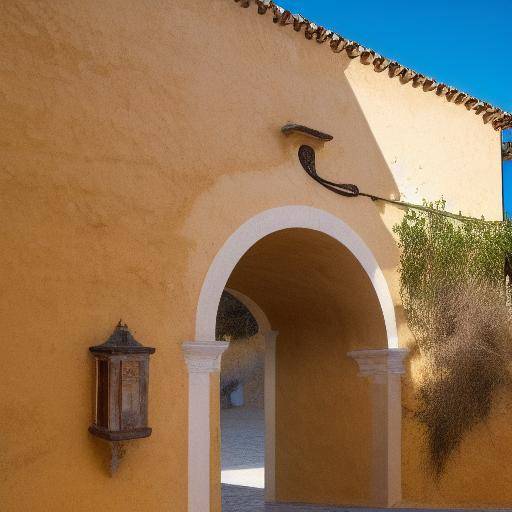
The Sicilian Baroque is an architectural style that flourished in Sicily, Italy, during the seventeenth and eighteenth centuries, leaving an impressive legacy of architectural masterpieces and exquisite ornamentation. Walking the Baroque route in Sicily is getting into a world of artistic splendour and unparalleled beauty. In this article, we will explore in detail the Sicilian baroque, its influence on the Italian architecture and its remarkable ornamentation, providing a complete and enriching view of this fascinating historical and artistic period.
History and Context
The Sicilian Baroque has its roots in the rebirth of Catholicism after the Counter-Reformation, a period in which the Catholic Church sought to restore its authority and to attract the faithful again. This spiritual and cultural resurgence significantly influenced architecture, art and ornamentation in Sicily, leading to a unique and extravagant style.
During this period, Sicily was under Spanish rule, which caused the mix of Spanish Baroque elements with local style. This fusion resulted in the creation of impressive monuments, such as the churches of Noto and Ragusa, which stand out for their lush decoration and sculpted facades.
The flourishing of the Sicilian baroque was driven by the wealth generated by trade and agriculture on the island, which allowed artists and architects to translate their creativity into monuments and buildings that today continue to marvel visitors from around the world.
Analysis in Deep
The Sicilian baroque is characterized by its profusion of ornamental details, the use of curved shapes and the theatrical appearance of its buildings. This architectural style incorporates sculptural elements, salomonic columns, wrought iron balconies and domes that provide a sense of movement and dynamism to the structures.
In addition, ornamentation in the Sicilian baroque reaches its maximum expression in the decoration of churches and palaces, where stuccoes, polychrome marbles and decorative paintings are combined to create opulent and majestic environments.
The influence of the Sicilian baroque in the Italian architecture is undeniable, since many of its elements were adopted and adapted in other regions of Italy, enriching the country's artistic landscape and leaving a lasting legacy.
Exhaustive examination
The Baroque route in Sicily offers a unique opportunity to explore the wealth of this artistic period. When visiting cities such as Palermo, Catania, Syracuse and Modica, travelers dive into a journey through time, discovering the grandeur and exuberance of baroque buildings.
On the other hand, ornamentation in the Sicilian baroque is a testimony of the artisanal mastery of the time, revealing the ability of the artists to create beauty in every detail, from the statues on the facades to the reliefs in the interiors.
Comparative analysis
By comparing the Sicilian baroque with other Italian architectural styles, such as rebirth and neoclassicism, we appreciate its marked difference in the use of the ornamentation and the sensation of movement and theatricality that characterizes it.
While rebirth focuses on a more sober and symmetrical aesthetic, and neoclassicism seeks inspiration in classical antiquity, Sicilian baroque stands out for its opulence and decorative exuberance, creating a unique style that lasts in time.
Practical Tips and Recommendations
If you plan to visit Sicily and visit the Baroque route, we recommend that you spend enough time to appreciate every detail of the buildings, as well as hire the services of a specialized guide that can provide you with detailed information about the monuments and their historical relevance.
Also, do not forget to explore the cultural and gastronomic wealth of Sicily during your trip. The island offers a unique blend of culinary influences and traditions that will complement your experience on the Baroque route.
Conclusion
The Baroque route in Sicily offers a magnificent amalgam of art, history and beauty, inviting visitors to immerse themselves in a world of baroque splendour. The influence of the Sicilian baroque in the Italian architecture is undeniable, and its detailed ornamentation continues to amaze those who have the opportunity to explore it.
After traveling this route, travelers take with them a renewed appreciation of Baroque art, as well as a deeper understanding of its impact on the Italian architecture and the culture of Sicily.
Frequently asked questions
**1. What are the main cities that are part of the Baroque route in Sicily?**The main cities included in the Baroque route in Sicily are Palermo, Catania, Siracusa, Noto, Ragusa and Modica, among others.
**2. What difference does Sicilian baroque differ from other Italian architectural styles?**The Sicilian baroque is distinguished by its ornamented exuberance, the use of curved shapes and theatrical sensation, in contrast to styles such as rebirth and neoclassicism.
**3. What is the impact of Sicilian baroque on Italian architecture?**The Sicilian baroque influenced the Italian architecture by providing ornamental and stylistic elements that were incorporated in other regions of Italy.
**4. What decorative elements are characteristic of the Sicilian baroque?**The Sicilian baroque is distinguished by the use of stucco, polychrome marbles, salomonic columns, forged iron balconies and decorative domes.
**5. What practical recommendations are there for those who wish to travel the Baroque route in Sicily?**It is recommended to devote sufficient time to appreciate each building and to hire specialized guides to obtain detailed information about the monuments.
**6. How can I deepen my understanding of Sicilian baroque and its influence on Italian architecture?**In addition to traveling the Baroque route in Sicily, you can complement your experience by reading about the history and cultural context of this artistic period.
In short, the Baroque route in Sicily offers an enriching journey through the Baroque architecture and ornamentation, providing a unique perspective on the artistic splendour of this period. By exploring this fascinating route, visitors have the opportunity to connect with the essence of the Sicilian baroque and its lasting influence on the Italian architecture.

